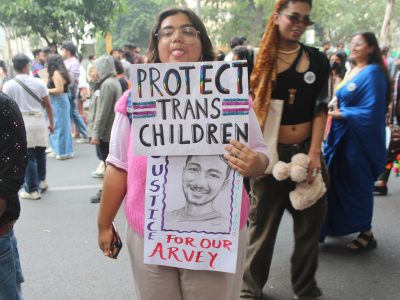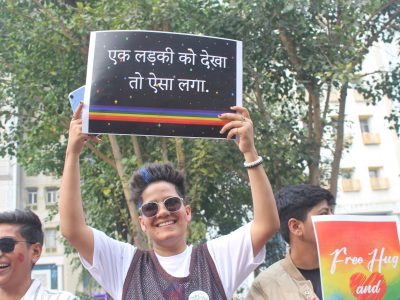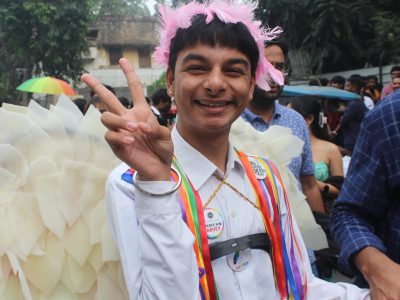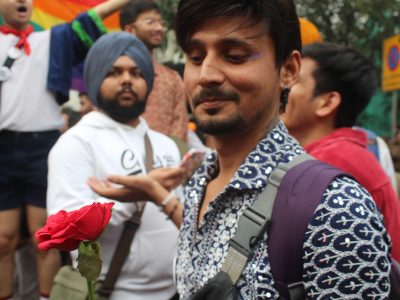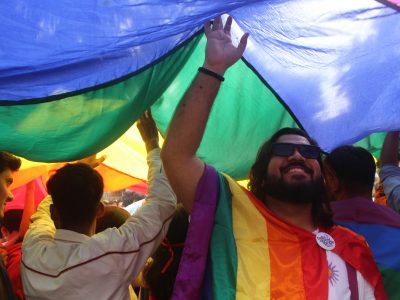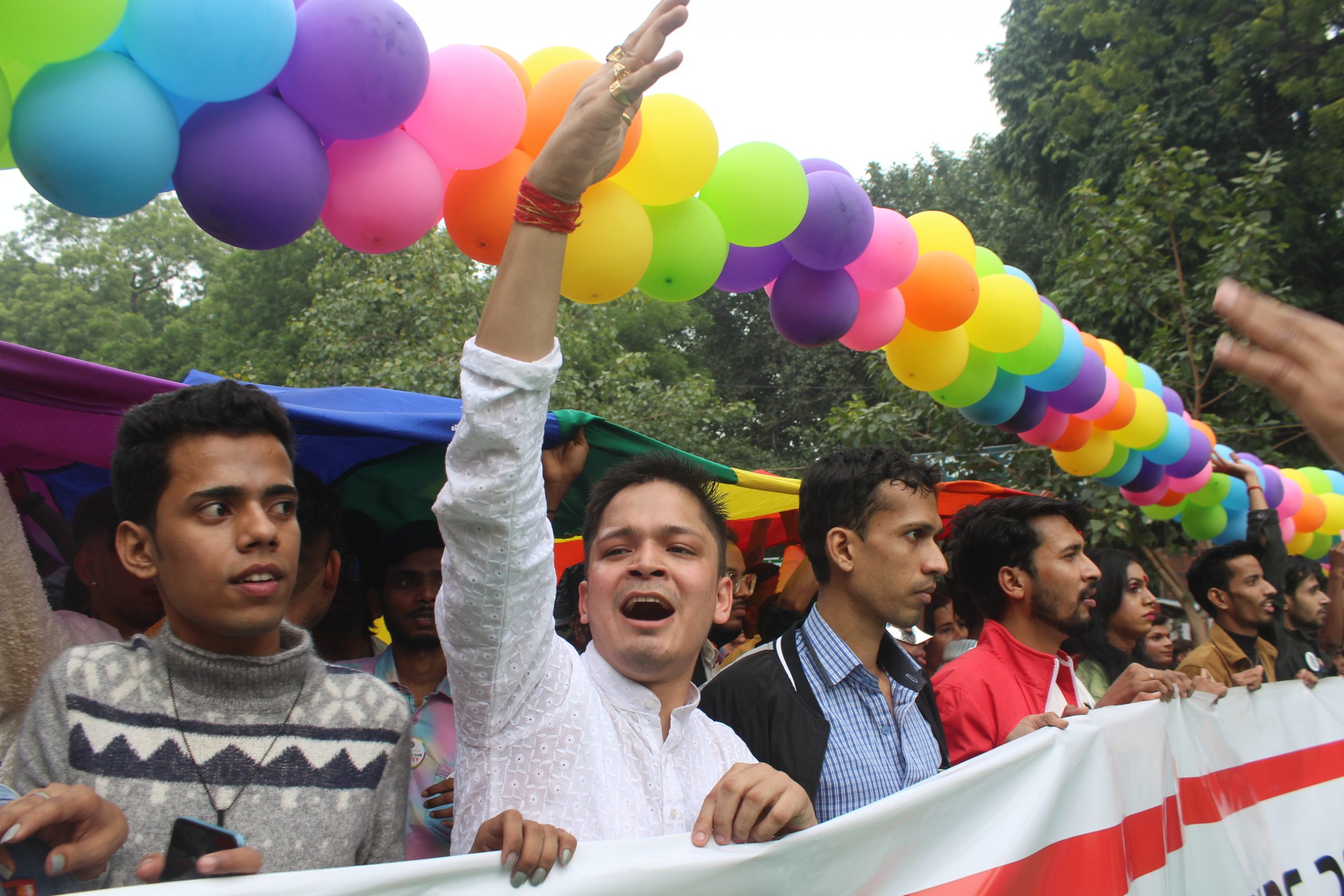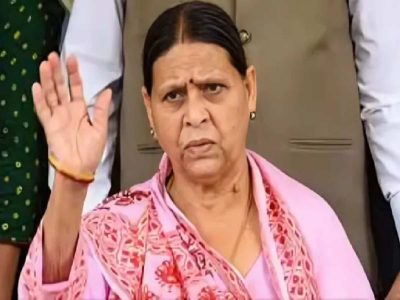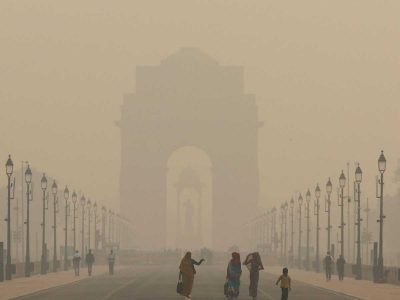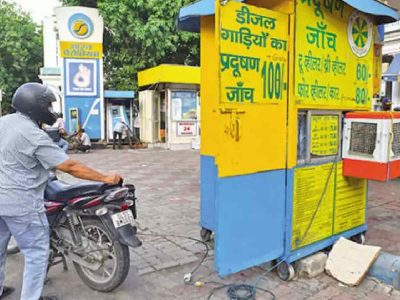After around a month Supreme Court declined to legalise same-sex marriage, the queer community showed their unbreakable resilience in the Delhi Pride Parade on November 26. Around 1 pm, a burst of color enveloped exit number three of Barakhamba metro station. The vibrant scene unfolded with an array of colorful dresses, sassy slogans, the rhythmic beat of dhol drums, and the proud display of rainbow and trans flags. The spirit of celebration was unwavering as a large crowd joyously convened for the Delhi Pride Parade.
As the crowd gathered, smiles, laughter, cheers, and warm embraces filled the air. The diverse assembly celebrated the myriad expressions of queerness. The participants represented the richness of identities, including transpersons, lesbians, gays, bisexuals, pansexuals, asexuals, gender nonconforming individuals, and intersex people. The parade became a vibrant canvas reflecting the kaleidoscope of human experiences within the LGBTQIA+ spectrum.
The crowd displayed the support for Pranshu, a 16-year-old queer artist from Ujjain, Madhya Pradesh, who lost their life on November 21 following online trolling and bullying, along with Aarvey, another queer person who lost their life in Delhi in February as well as other queer persons. Calls for horizontal reservation for trans persons were also made, along with the continuous fights for legalisation of same-sex marriage.
Allies from the sexual majority were also present at the pride to shower their support for queer people.
Unlike last year, there were multiple performances from queer dancers, singers, and poets which celebrated the multiple layers of being queer. The organisers said that they are marching not just for queer rights and protections, but also for climate justice, indigenous people of India, marginalised castes, religious minorites, lives lost due to Coronavirus, as well as the end of occupation around the world.

